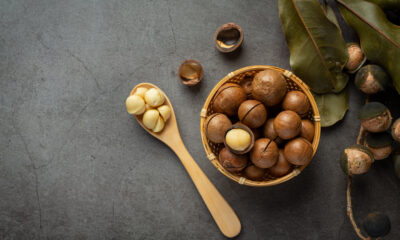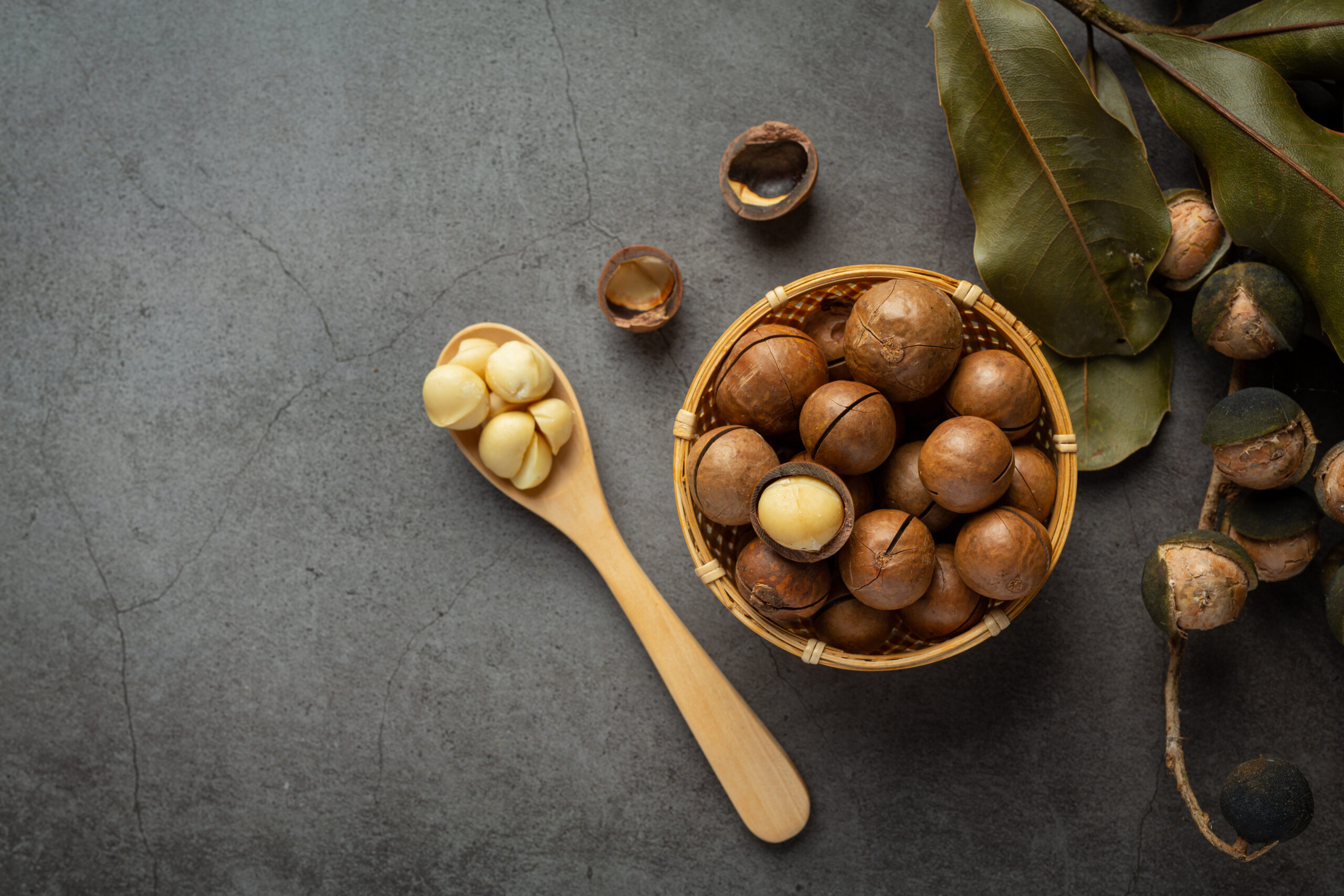Introduction
Including vegetables to lower high blood pressure is crucial. Packed with nutrients like potassium and antioxidants, vegetables offer a natural and delicious way to support cardiovascular health. By incorporating a variety of colorful veggies, you not only enhance the flavor of your meals but also take a proactive step towards maintaining optimal blood pressure levels and promoting overall heart well-being.
In the pursuit of overall well-being, maintaining optimal blood pressure is paramount. Embracing a health-conscious lifestyle involves making mindful dietary choices, and blood pressure-friendly veggies emerge as unsung heroes in this endeavor. These nutrient-rich powerhouses not only tantalize the taste buds but also serve as potent allies in the battle against high blood pressure. Packed with an array of vitamins, minerals, and antioxidants, these vegetables contribute to a heart-healthy diet that promotes vascular health and helps regulate blood pressure levels. By harnessing the power of vegetables, individuals can embark on a flavorful journey that not only satisfies the palate but also nurtures the body from within.
This article will delve into the diverse world of blood pressure-friendly veggies, exploring their unique attributes and the science behind their ability to support cardiovascular health. From leafy greens to vibrant root vegetables, each culinary delight becomes a tool in the arsenal against hypertension, empowering individuals to take charge of their well-being through the simple and delicious act of incorporating these vegetables into their daily meals. Discover the art of cultivating a blood pressure-friendly plate and unlock the potential of vegetables to promote a healthier, happier life.
Vegetables to Lower High Blood Pressure
Combating hypertension becomes a flavorsome journey when one turns to the arsenal of hypertension-fighting vegetables. Nature has provided an abundance of nutrient-rich options that not only elevate the dining experience but also actively contribute to lowering high blood pressure. Leafy greens, such as spinach and kale, take center stage with their high potassium content, a mineral known for its blood pressure-regulating properties. Additionally, beets, with their vibrant hue, boast nitrates that can help dilate blood vessels, enhancing blood flow and reducing pressure. The cruciferous family, featuring broccoli and Brussels sprouts, offers compounds that support cardiovascular health and aid in maintaining optimal blood pressure levels.
Furthermore, the potassium and fiber-rich sweet potatoes and carrots provide a satisfying crunch while actively promoting heart health. Tomatoes, celebrated for their lycopene content, showcase antioxidant prowess that supports vascular well-being. By incorporating these hypertension-fighting vegetables into daily meals, individuals embark on a delicious journey toward improved cardiovascular health. Harnessing the power of these natural wonders allows for a holistic approach to hypertension management, making every bite a step towards a balanced and heart-friendly lifestyle. With these vegetables, one can savor the journey to lower blood pressure while relishing the vibrant flavors and textures that Mother Nature generously provides.
Heart-Healthy Vegetables to Lower High Blood Pressure
Elevating heart health through mindful dietary choices involves embracing a palette of heart-healthy vegetable options that not only satiate the taste buds but also nourish the cardiovascular system. Leafy greens, such as spinach and kale, stand as verdant pillars of nutrition, rich in potassium, folate, and antioxidants, which collectively support heart function and help regulate blood pressure. The vibrant spectrum of bell peppers contributes not only to visual appeal but also delivers a robust dose of vitamins A and C, crucial for cardiovascular well-being.
Cruciferous wonders like broccoli and cauliflower offer a dual benefit, boasting fiber for cholesterol management and sulforaphane—a compound known for its potential heart-protective properties. Avocados, celebrated for their monounsaturated fats, provide a heart-healthy alternative while offering potassium and folate. Tomatoes, with their lycopene content, showcase antioxidant capabilities linked to cardiovascular support.
Additionally, carrots and sweet potatoes, rich in beta-carotene, offer a delicious means of promoting heart health. By integrating these heart-healthy vegetable choices into daily meals, individuals can craft a nutrient-packed and flavorful menu that aligns with the principles of cardiovascular wellness. The culinary journey toward a heart-healthy lifestyle becomes not only a celebration of taste and variety but also a proactive step towards fostering a resilient and thriving heart.
Conclusion
In the vibrant tapestry of dietary choices, the significance of heart-healthy vegetable selections cannot be overstated. As we conclude this exploration into the realm of nutrient-rich greens, colorful bell peppers, cruciferous marvels, and other heart-nurturing vegetables, it becomes evident that the journey to cardiovascular wellness is as delicious as it is purposeful.
These vegetables, with their array of vitamins, minerals, and antioxidants, serve as guardians of heart health, offering a natural and flavorful means to combat cardiovascular risks. The synergy of nutrients found in leafy greens, the fiber-rich goodness of cruciferous vegetables, and the heart-protective properties of various colorful options collectively contribute to a robust defense against heart-related issues.
By making these heart-healthy vegetables a staple in our daily diets, we not only embark on a journey towards lowering blood pressure and managing cholesterol but also foster an environment conducive to overall well-being. The culinary adventure becomes a celebration of health, transforming each meal into a proactive step towards a resilient and thriving heart.
In the kaleidoscope of dietary choices, the heart-healthy vegetable palette stands out as a symphony of flavors, colors, and nutrients that harmonize to support cardiovascular vitality. As we savor the goodness of these vegetables, we empower ourselves to embrace a heart-conscious lifestyle, cultivating a resilient and thriving heart that beats to the rhythm of wholesome nourishment.


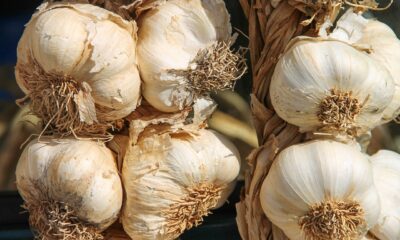

 Environmental Sustainability1 year ago
Environmental Sustainability1 year ago
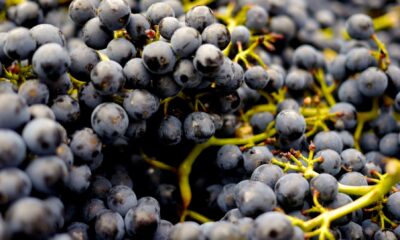

 Agriculture, Transportation & Logistics7 months ago
Agriculture, Transportation & Logistics7 months ago


 Agriculture, Transportation & Logistics1 year ago
Agriculture, Transportation & Logistics1 year ago
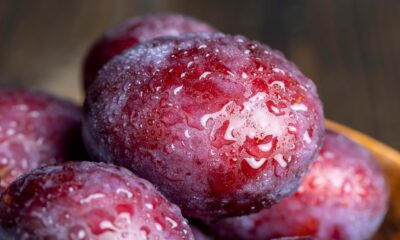

 Food Safety & Quality Control7 months ago
Food Safety & Quality Control7 months ago
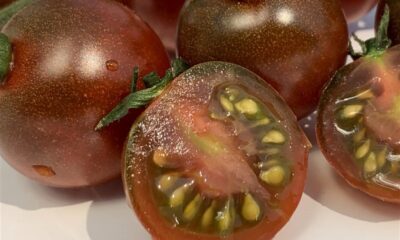

 Food Safety & Quality Control1 year ago
Food Safety & Quality Control1 year ago


 Food Safety & Quality Control1 year ago
Food Safety & Quality Control1 year ago
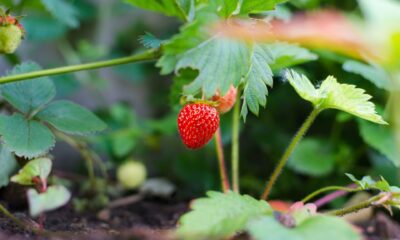

 Agriculture, Transportation & Logistics12 months ago
Agriculture, Transportation & Logistics12 months ago


 International Trade & Commerce1 year ago
International Trade & Commerce1 year ago




